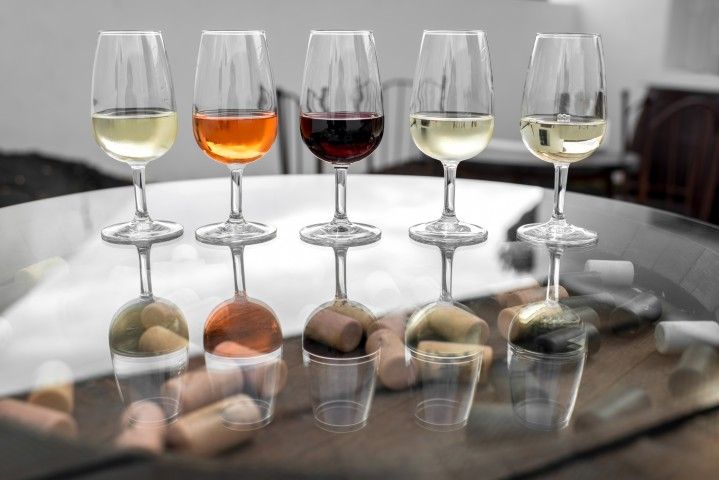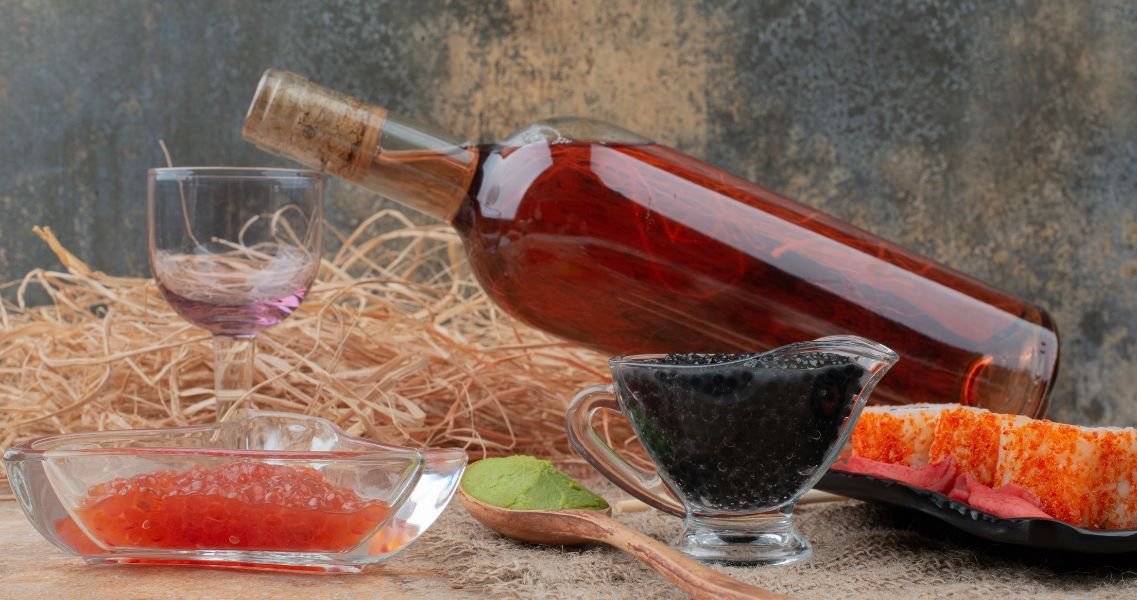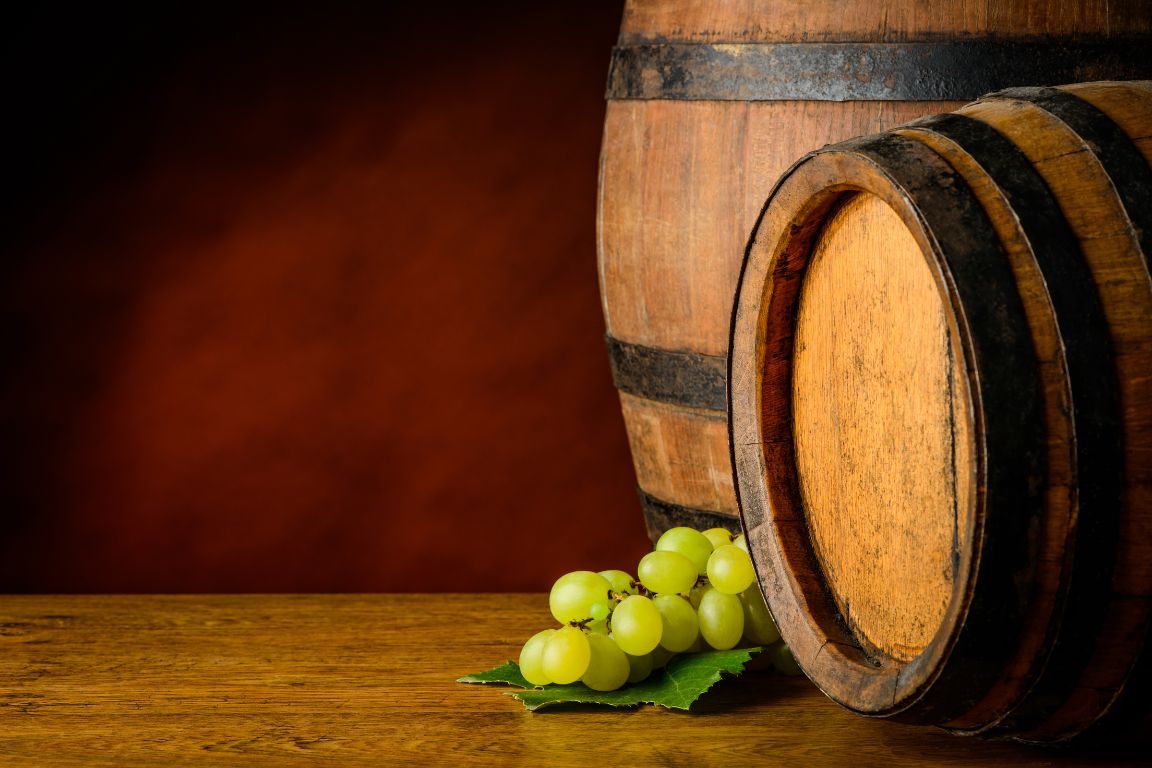Although red wine is not known for being sweet, its sugar content can vary more than you think, and understanding its levels can influence your choices without giving up the pleasure of enjoying a glass.
At Excellent Cork, as cork manufacturing professionals, we explain how much sugar red wine contains, how to identify the less sweetened options, and what factors influence its production. This way, you can choose the best option according to your needs and lifestyle.
How much sugar does red wine contain?
Although many are unaware, red wine contains residual sugar. This is the natural sugar from the grape that wasn’t converted into alcohol during fermentation.
The exact amount depends mainly on the type, its production method, and the producer’s style.
Differences between dry, semi-dry, and sweet wines
The amount of sugar in red wine varies according to its classification:
- Dry wine: contains less than 5 grams per liter. These are the lowest in sugar and the most recommended for those seeking low-sugar options.
- Semi-dry wine: between 5 and 30 grams of sugar. Maintains a sweet taste without being overly sugary.
- Sweet wine: from 30 to 50 grams per liter or more. This type retains much of the sugar from the must, either due to incomplete fermentation or added sugar afterward.
Factors influencing sugar content
The sugar level in red wine is affected by various factors both in the vineyard and during vinification. Elements such as grape variety, climate, or the region where it’s grown determine its potential sweetness.
Also, depending on fermentation practices, the final sugar content in the wine is defined:
- Fermentation duration: a complete fermentation converts almost all sugars into alcohol, resulting in a drier wine.
- Type of yeast used: some strains stop fermenting before all sugar is consumed, leaving residual sweetness in the final product.
- Winemaker’s style: some producers choose to retain more residual sugar to achieve a specific flavor profile.
Comparing sugar in different types of wine
To better understand wine sugar classifications, it’s helpful to compare across categories and styles. Each type presents different sugar levels depending on production and characteristics.
Red wine vs. white wine
In general, dry red wines usually contain less sugar than whites, especially when compared to sweet varieties like Moscato or Riesling.
However, this depends on the specific style of each type. Some dry white wines can match or even exceed reds in dryness depending on how they are vinified.
Sparkling and rosé wines
When comparing rosé to sparkling wine, the latter usually contains more sugar, especially those that aren’t in the driest categories.
But this can vary depending on production methods. Sparkling wines are classified by sweetness level. For example, Brut Nature has very little sugar, while Demi-Sec or Doux can exceed 30 or even 50 grams per liter.
That makes them considerably sweeter than rosés, which are typically dry or semi-dry.
If you’re interested in how closures affect each type of wine, visit our sparkling wine closures section, where we show solutions adapted to the pressure and sweetness levels of these wines.

What factors determine sugar content in red wine?
In addition to the previously mentioned factors, other elements also affect the final sugar content in red wine:
- Grape variety: some grapes like Cabernet Sauvignon or Syrah produce drier wines, while others like Zinfandel may retain more sweetness.
- Aging: in well-fermented wines, barrel or bottle aging doesn’t alter sugar content but can change the perceived sweetness.
- Winemaking intervention: in some cases, winemakers adjust the wine’s balance to emphasize sweeter notes on the palate.
How to identify low-sugar red wines?
Finding red wines with lower sugar content may seem tricky at first, but by keeping a few tips in mind, it becomes easier than you think.
Learning how to read labels and knowing which types to choose will help you make better decisions without sacrificing taste:
- Reading labels and key terms:
While not all wine labels include sugar levels, terms like “dry” indicate low sugar, and “Brut Nature” means almost no sugar content.
Avoid terms like “sweet,” “semi-sweet,” or “late harvest,” as they usually contain higher amounts of sugar.
- Recommended varieties and brands:
If you’re looking for dry-tasting red varieties, options like Cabernet Sauvignon, Merlot, or Tempranillo are great choices.
Benefits of choosing low-sugar red wines
Now that you know red wine does contain sugar, you’ll understand that low-sugar versions can offer many benefits.
Among them, they have a lower glycemic impact, making them suitable for people with diabetes or insulin resistance. They also contain fewer calories, supporting weight loss and making them compatible with low-carb or ketogenic diets.
Since they don’t contain added sweeteners, their flavor is purer, highlighting the grape’s natural characteristics, making them ideal for true wine lovers.
If your brand is looking to offer a healthy, natural, and sustainable product, our bio corks are the perfect choice. They combine innovation and environmental respect for a more conscious wine.
Frequently asked questions about sugar in red wine
Does red wine contain added sugar?
In general, red wine does not contain added sugar. Its sweetness comes from the grape’s natural residual sugars. Some types may have added sweetener, more commonly found in sparkling wines.
How much sugar is in a standard glass of red wine?
A standard glass of dry red wine contains between 0 and 1 gram of sugar. Semi-dry wines may contain 3–4 grams, and sweet wines can exceed 10 grams.
Which red wines are suitable for people with diabetes?
Considering sweetness, dry red wine is the most recommended for people with diabetes. However, consulting a health professional is advisable before regularly including alcoholic beverages in the diet.
How does wine aging affect sugar content?
The aging process does not increase the sugar in already dry wines. However, it may smooth the flavor, making it seem slightly sweeter on the palate, even if the residual sugar remains the same.
Is dry red wine completely sugar-free?
No wine is completely sugar-free, but dry reds can contain minimal amounts, as low as 0.1 grams per liter, making them virtually sugar-free for nutritional purposes.




